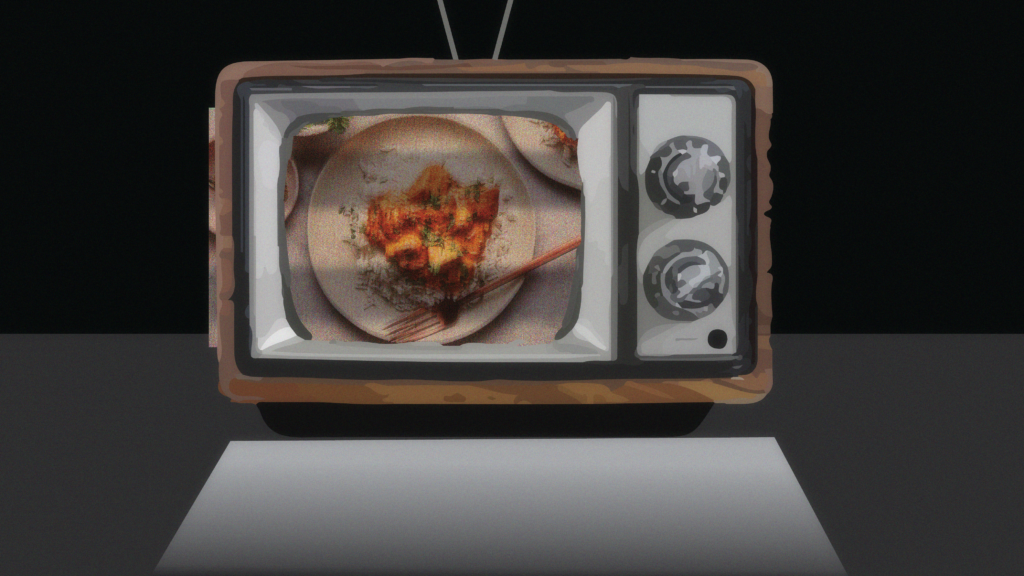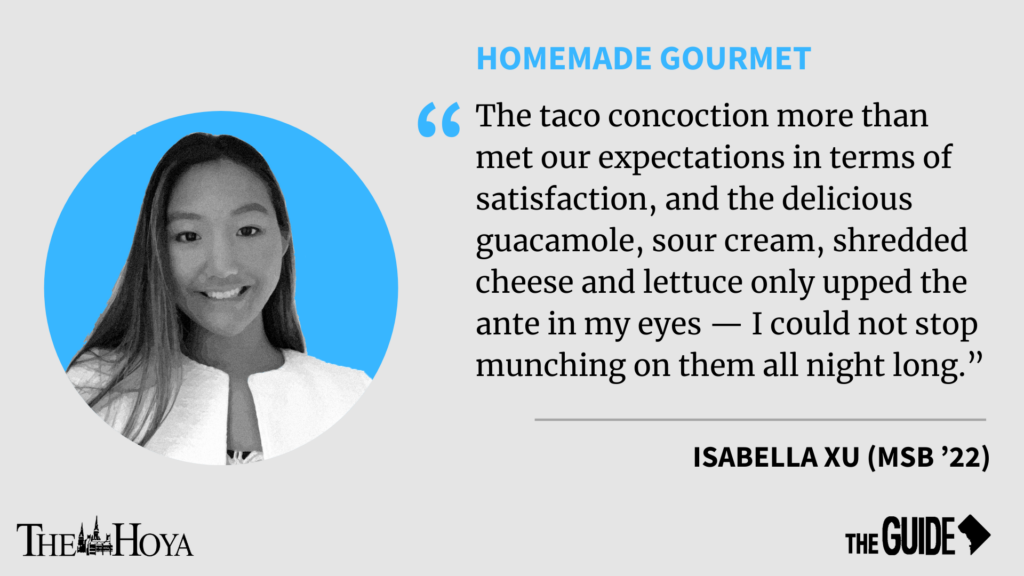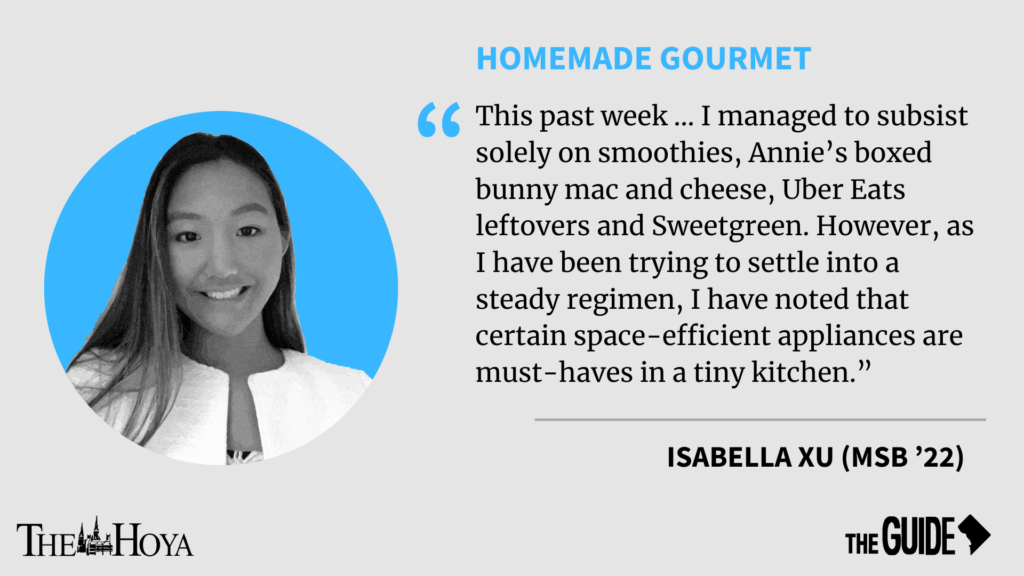While the Southerner in me misses her sweet tea, buttermilk cornbread and made-from-scratch macaroni and cheese, the transition to eating Korean food has not been a difficult one. In fact, I’m not sure how I’ve gone my whole life without having kimchi at every meal, and I do not know how I will survive without it once I return stateside.
For too long, Korean food has been largely underappreciated in America. It is spicy and savory while still actually being healthy. Banchan, little side dishes served alongside main dishes in most traditional Korean meals, is sometimes even the highlight of the meal. From fresh vegetables to fish to Korean potato salad — which rivals its American counterpart — there is such a wide variety of dishes that each meal offers a genuine surprise. Every time I go to a restaurant, I am always hoping to encounter a food that I have yet to try.
I have also grown to love Korean street food. Some of Seoul’s most delicious and cheapest treats lie within some of the tiny, shabby stands that line certain streets. One of my favorite places to continue my culinary exploration is in a neighborhood called Myeongdong here in Seoul. Myeongdong is a major shopping area for tourists, but it also boasts dozens of food stands with items like mandu, which arefried dumplings, hotteok, a type of Korean pancake, and even lobster.
Outside of Myeongdong, there are food carts in most major neighborhoods. Often times when I am walking back home, I stop and order at my favorite ajumma stand. Ajumma is a Korean word that is used to refer to an older woman and is sometimes roughly translated to mean “auntie,” though it does not imply a family relation. At the ajumma’s stand, my go-to item is tteokboki — rice cakes in a spicy chili sauce. It is one of the most common street foods and is very cheap as well, usually only around $2 per serving.
For better or worse, the conversation about Korean food cannot be separated from the one surrounding Korean drinking culture, which is intense to say the least. While not everyone drinks, it is certainly the norm. Back in 2014, the Daily Mail published an article stating that the average Korean of legal drinking age had about 13.7 shots of alcohol per week.
Drinking is embedded in Korean social culture. Whether it is an after-work meeting, a celebration or even a funeral reception, alcohol is usually involved whenever there is a large gathering of people. For example, it is not uncommon on college campuses in Korea for all of the group members to go out for drinks after every club meeting.
However, there is method to the seeming madness. When drinking with Koreans, it is good to keep in mind certain cultural etiquette. The most important rule would probably be always to pay attention to social hierarchy, meaning the youngest pours for the oldest first before the oldest would then pour for the youngest. It is important never to let someone pour his or her own drink and also never to let his or her glass be empty.
Out of everything, the element of sharing has to be the part I love the most about Korean food culture. There is such an all-encompassing sense of community that comes just from eating a meal with people. The sharing of a dish or the pouring of drinks for one another quickly makes people closer.
In Korea, food is made to be a group activity. It’s a time to connect, to share and just to enjoy being in the presence of others.
Jasmine White is a junior in the College. settling in seoul appears every other Friday.













